Story and photos by Brooke Harshaw, junior (ACJ)
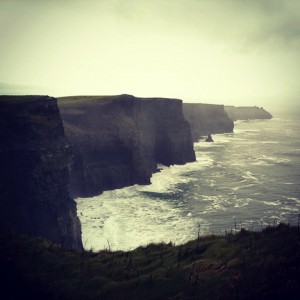
During Thanksgiving break, I set off for Ireland with a group of fellow students to study agriculture, communications and culture. I was not sure what we would find, but I decided to focus my attention on how the Irish perceive the word sustainable. As I left Kansas, my definition of sustainability was very broad. It was simply this: to be able to feed the world. I made a note of how the Irish people we met along the way described the word in relation to agriculture.
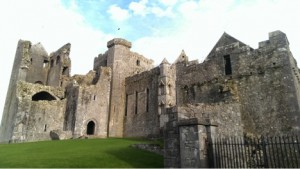
As soon as we got off the plane in Dublin, we hopped on a bus to Cashel, on our way to Cork. Our tour guide, Rollin, told us all about this magnificent place as we explored the seven buildings. I asked Rollin how he defined sustainability and he said, “keeping within what the land is capable of handling” and “profit doesn’t drive it.”
Next, we met with the farming editor at the Irish Examiner, Stephen Cadogan. He grew up on a cow-calf operation, has a degree in agriculture and continues to farm today. Cadogan’s definition of sustainability is, “good for the world and quality assured.” At this point in the game, I am still thinking of sustainability on a global level. But wait, it gets better.
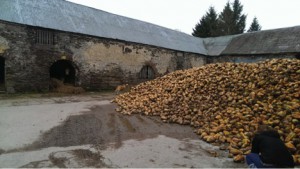
The two farms we toured taught me actions speak louder than words. It was not what they were telling me; it was what they were showing me that shifted my perspective. Sustainability was no longer just a concept. It was a real, local, multidimensional practice. Farmer Billy Nicholson said sustainability is, “making a good living through good management decisions about money and cross-breeding.”
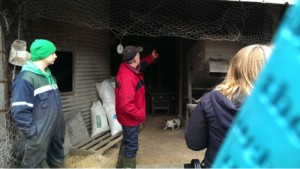
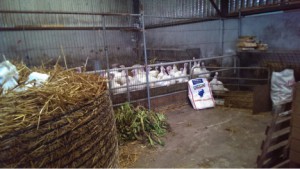
The Mannion family raises cattle, turkeys, and sheep, and grows potatoes and cabbage. They feed cabbage to the turkeys. Some potatoes are sold and the rest are fed to the cattle. Nothing is wasted at the Mannion farm. They even recycle the plastic silage wrap.
No longer am I only considering the ‘big picture’ of sustainability. My mind has been blown. I realize each farmer must sustain their own operation by producing food for the world, producing feed for livestock, efficiently managing resources, and making a profit.
Our adventure also took us to Teagasc, Ireland’s government-affiliated agricultural research division. Tom O’Dwyer discussed a corporate definition of sustainability, including financial, social, and environmental aspects. More specifically, he mentioned work-life balance, not polluting the land and water, and “making enough to pay taxes, pay inputs, and live.”
While our Irish journey taught me much more than the definition of sustainability, this discovery has made one of the greatest impacts. I now define sustainability as each farmer performing their job efficiently, based on three factors: their social life, their farm’s environment and the financial decisions needed to keep the farm and the farmer running. These factors make each individual farm a piece in the puzzle that will help feed the world, while keeping the land in shape to continually be used and by interacting as part of the individual cultures in which they live.

